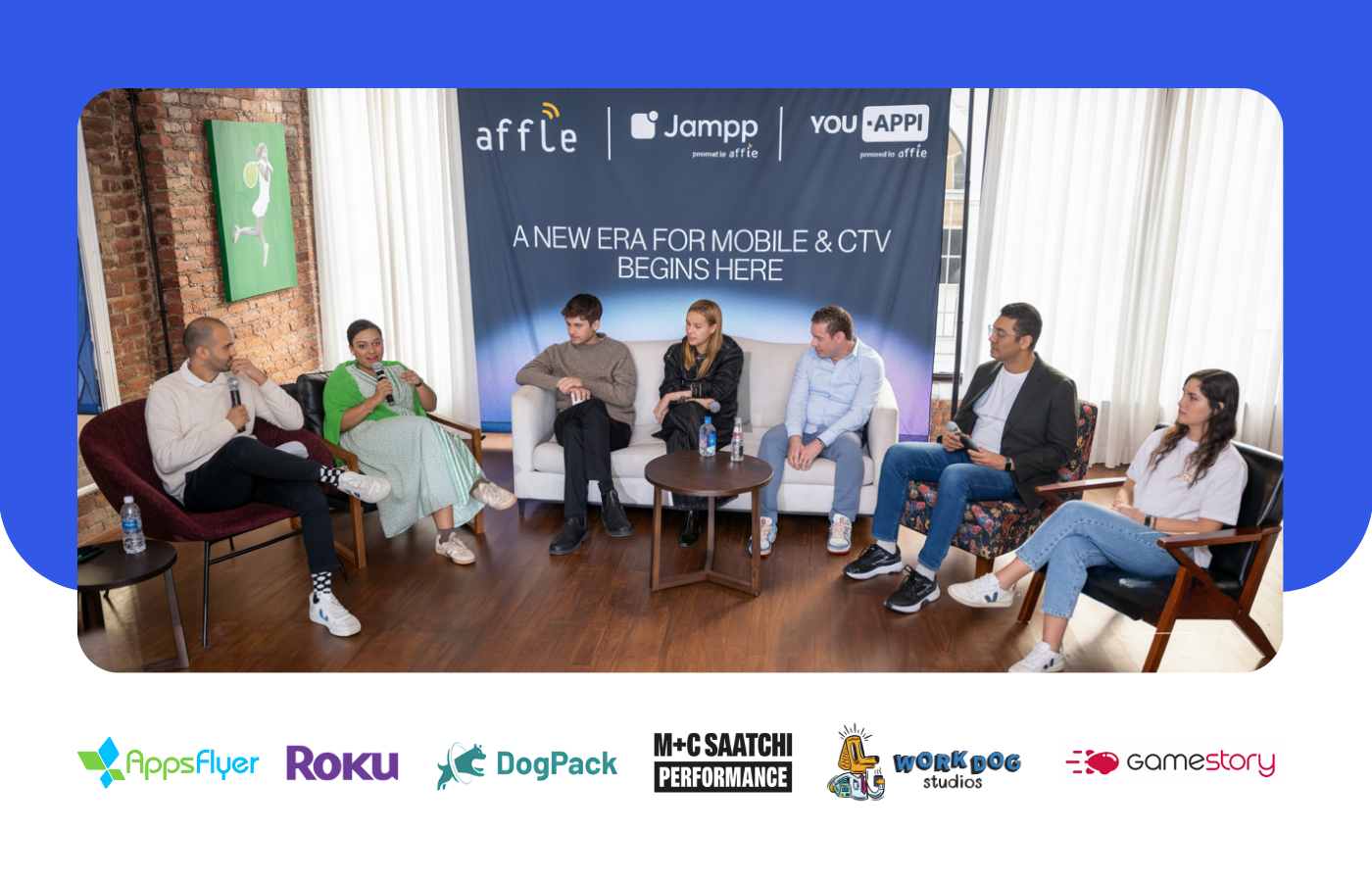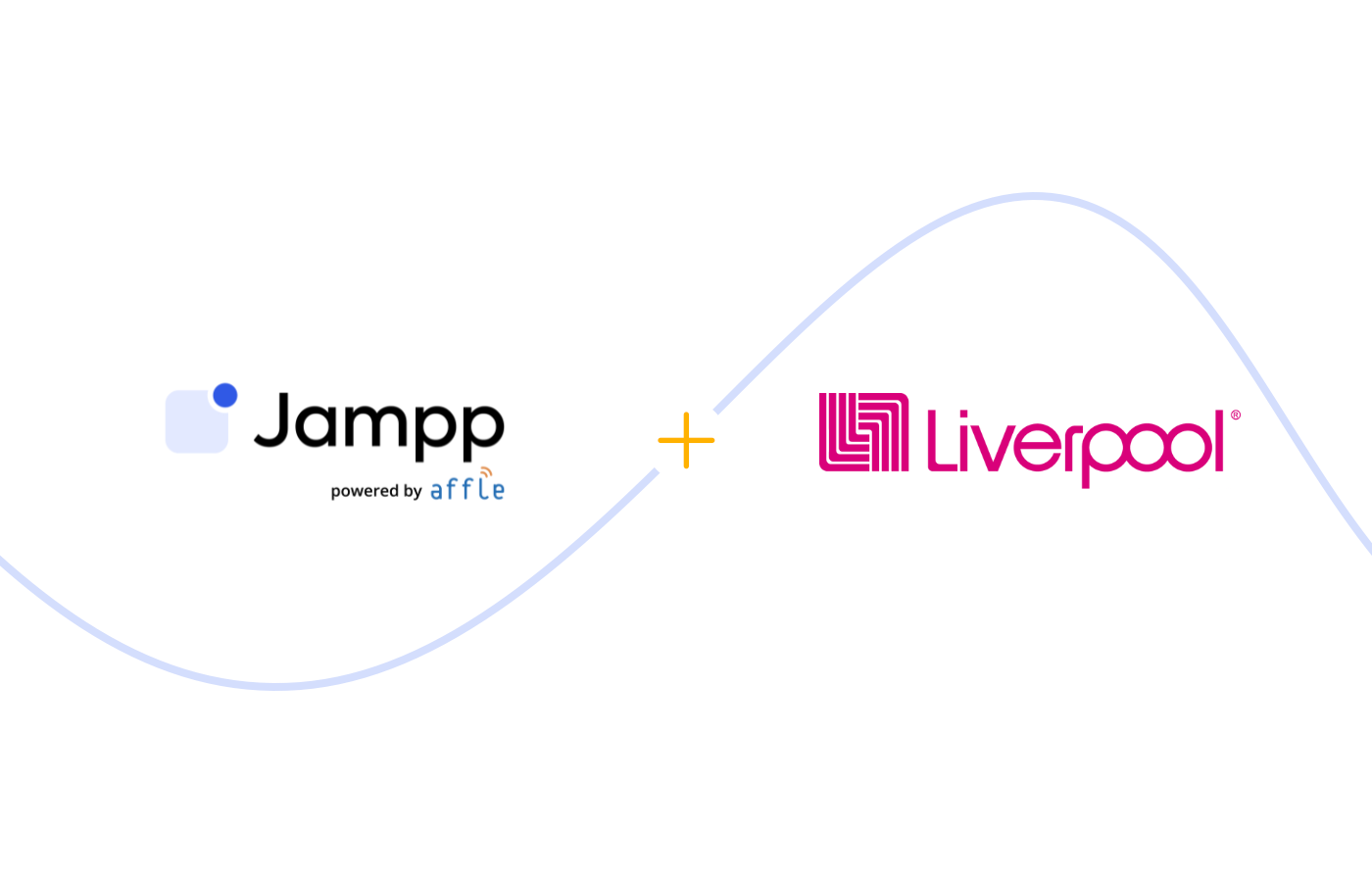How to get started with creative testing for your mobile app
Learn about the strategies and elements app marketers can test to optimize their mobile ads, from clear hypotheses to effective ad variations.
July 26, 2022

In this post we cover some of the FAQs regarding creative testing in programmatic app marketing, and share some examples of what elements you can test to optimize your mobile ads.
- Why is it important to test creatives in performance marketing?
- How can you get started with creative testing for your mobile app?
- What is a hypothesis? What are examples of good hypotheses to test?
- How many ad variations should you test at the same time?
- What ad variables should you test first?
Let's get started!
Why is creative testing important in performance marketing?
If you know this one feel free to skip ahead.
The purpose of creative testing is helping marketers build top-performing ads that resonate with their specific audience and drive incremental revenue.
In the context of the new privacy era, creatives have gained new momentum as they’ve become one of the few things marketers can really influence and leverage.
How to get started with creative testing for your mobile app
Identify your main goal
Before defining your testing plan, it’s key to understand your campaign goals. Your unique challenges and objectives will determine what to test for the highest impact on your business outcomes. Here are the factors you should consider to get started:
- Campaign type: Your campaign setup will vary depending on your main objective (driving installs or conversions) and KPIs (ROAS, reach, volume, etc.).
- Creative specs: Analyze your creative mix to identify whether you’re using all the available creative formats and sizes. Testing limited formats might limit the reach of your campaign.
- Past learnings: Consider past campaign data and tests. We can adjust your setup based on any learnings that have proven successful for your specific app and audience.
💡 Keep in mind: when running your first tests, it’s better to optimize for a top-of-the-funnel event –like installs and opens– first. This will help you access the necessary data points to reach statistical significance faster and cost-efficiently.
Define your test hypothesis
Once we know why we are testing, it’s time to focus on what we are testing. A hypothesis is the idea behind a creative’s message and visual elements of an ad.
In this stage, the goal is to come up with as many hypotheses as possible! We’ll focus on which ones to test first based on their potential impact on performance.
Examples of hypotheses to test:
- What’s the app use case that best resonates with your audience? E.g. for a Food Delivery app, is it price or delivery time?

- Do photos of people have more impact than illustrations or pictures of the product?

Get to the good part, how many ad variations should you test?
Technically, you can test as many variations as you want, but this question leads back to the goal and hypothesis.
We typically recommend building and testing up to 3-5 ad sets at a time—but testing 2 variations will work if they are different enough. Given a standard budget and ramp up time, this should give you enough data points to achieve insights on your test campaign.
Which ad variables should you test first?
When defining which variables to test, bear in mind that highly visual elements (such as images or colors) tend to have a higher impact on performance than other elements within an ad (such as copy variations).
Make sure the variations you create are similar enough to run the experiment on an apples-to-apples basis, but also different enough to maximize the chances of getting insightful results.
If you’re looking to test a creative concept, here are some elements you can use as inspiration:
- Image: e.g standalone product shots vs pictures of the product or service in use.
- Messaging: e.g. for a travel app, you could test different use cases such as commute or run errands.

If you’re testing ad variables instead, you should try iterating the following:
- Copy: e.g “Cashback made easy” vs “Start saving in groceries”.
- Call to action: e.g. “Buy now” vs “Get offer”.
- Background color: e.g. bright colors vs. neutral ones.

Now the necessary disclaimer, and yes… we left it for the end

Programmatic campaigns are fueled by machine learning. This doesn’t mean that an algorithm can instantly solve all challenges. What it means is that the algorithm will learn how to drive incremental sales for your app through three different phases: exploration, optimization and scale.
Any significant change on ad placements, bidding or creatives which might limit the amount of available data is likely to extend the duration of the exploration phase and impact results.This is why ad strategy needs to be defined upfront and based on the campaign goals to deliver a good balance between creative performance, ROAS, and the time the campaign will take to ramp up.
Discuss your creative strategy with Jampp
At Jampp, we have a dedicated team to help with everything from set up to strategy and building the reports your team needs to glean insights from your campaigns. Contact us to learn more about our creative studio and support.
Resources for mobile ad creation
Creative trends from the top shopping apps: We analyzed how the top Shopping apps were leveraging each element within an ad to engage users and drive them to make more purchases, more often. Check out examples from the top shopping apps to see how they feature brands, products and screenshots.
How to use special dates for engaging gameplays, and ads: Some of the most ambitious mobile games have been leveraging special dates for custom gameplays with great results. In this post, we highlight some examples across different game categories such as casino apps and word games.

Subscribe to our email newsletter









